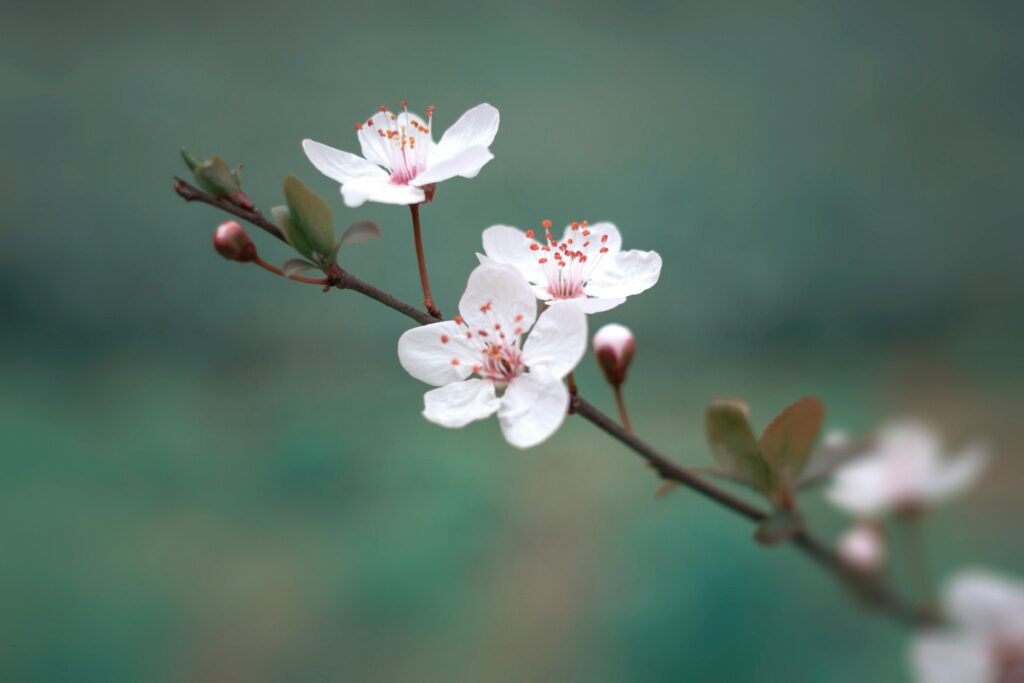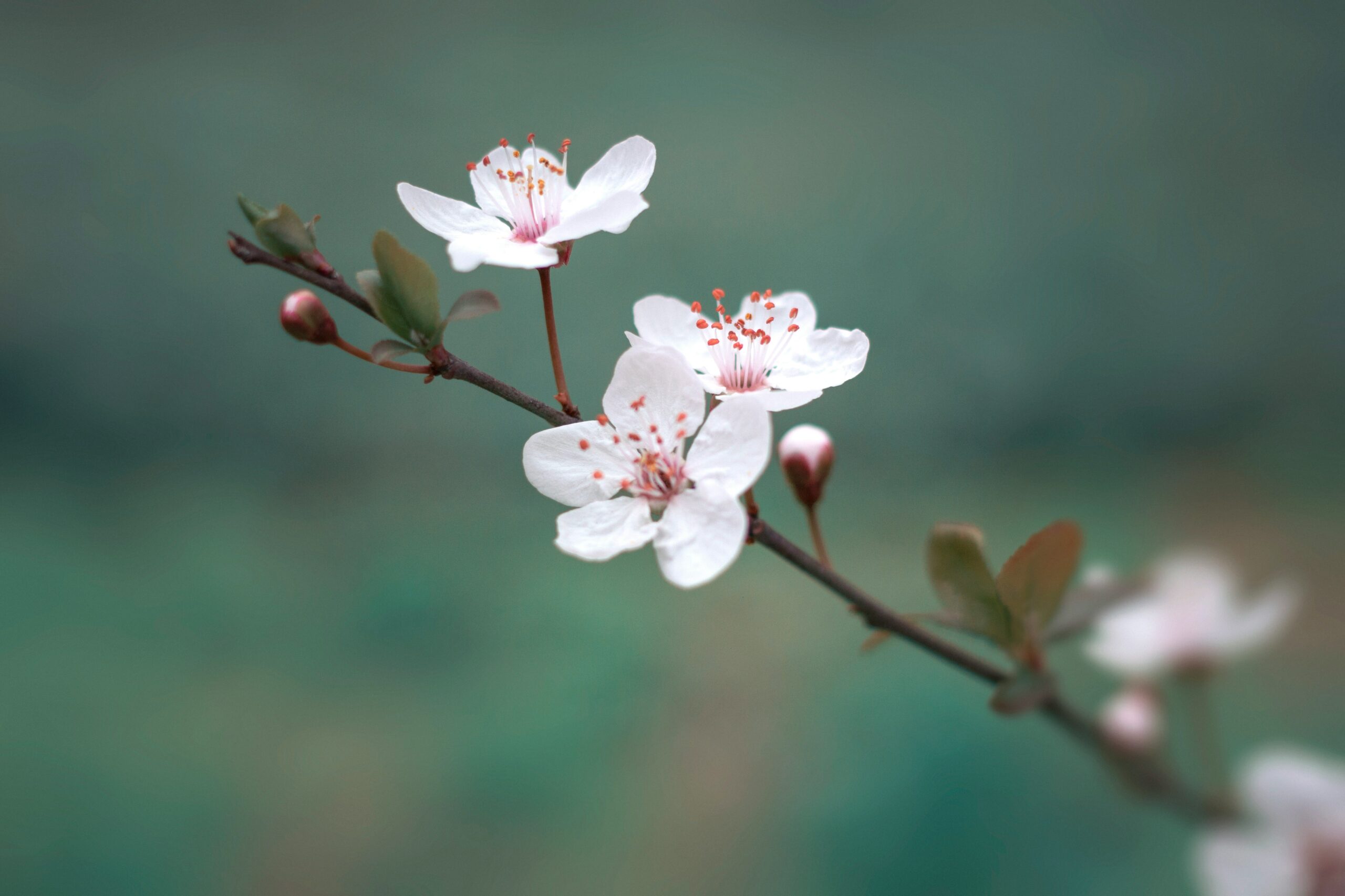桃始笑 (ももはじめてわらう)
日本語
春の訪れを可憐に彩る桃の花
3月10日~14日頃にあたる七十二候の「桃始笑(ももはじめてわらう)」は、桃の花が咲き始める頃を表します。蕾がほころび、優しいピンク色の花々が咲き誇る様子は、まさに春の訪れを象徴する美しい光景です。
桃の花言葉と日本の文化
桃の花には、「優美」、「愛らしさ」、「天下無敵」などの花言葉があります。古くから日本人に愛されてきた桃の花は、ひな祭りに飾られるなど、日本の文化にも深く根付いています。
桃の花の魅力
桃の花は、桜よりも一足早く咲き始め、鮮やかな色彩で春の景色を彩ります。また、梅の花のような強い香りとは異なり、桃の花は優しく甘い香りが特徴です。
桃始笑は、春の訪れを五感で感じられる貴重な時間です。

英語
Peach Blossoms in Bloom: A Joyful Sign of Spring
March 10-14 marks the period of “桃始笑 (ももはじめてわらう)” in the Japanese calendar. It is a time when delicate peach blossoms begin to bloom, painting the landscape with vibrant shades of pink.
Symbolism and Cultural Significance
Peach blossoms carry beautiful meanings such as “grace,” “loveliness,” and “unrivaled beauty.” They have long been cherished in Japanese culture and are often used as decorations during the Hina Matsuri (Doll Festival).
Enchanting Features
Peach blossoms bloom slightly earlier than cherry blossoms, adding a burst of color to the springtime scenery. Unlike the strong fragrance of plum blossoms, peach blossoms possess a gentle and sweet aroma.
桃始笑 is a delightful time to experience the arrival of spring with all your senses.
Additional Information:
- Related Terms:
- 七十二候 (Shichijūnikō): The 72候, or 72 micro-seasons, are a traditional Japanese way of dividing the year into 24 periods, each with 3 sub-periods.
- 二十四節気 (Nijūshi Sekki): The 24 solar terms are a traditional Chinese system of dividing the year into 24 divisions based on the position of the sun.
- Related Activities:
- Visiting a peach orchard or park
- Taking photos of peach blossoms
- Enjoying peach-flavored food and drinks
I hope this information helps you appreciate the beauty and significance of 桃始笑.

コメント